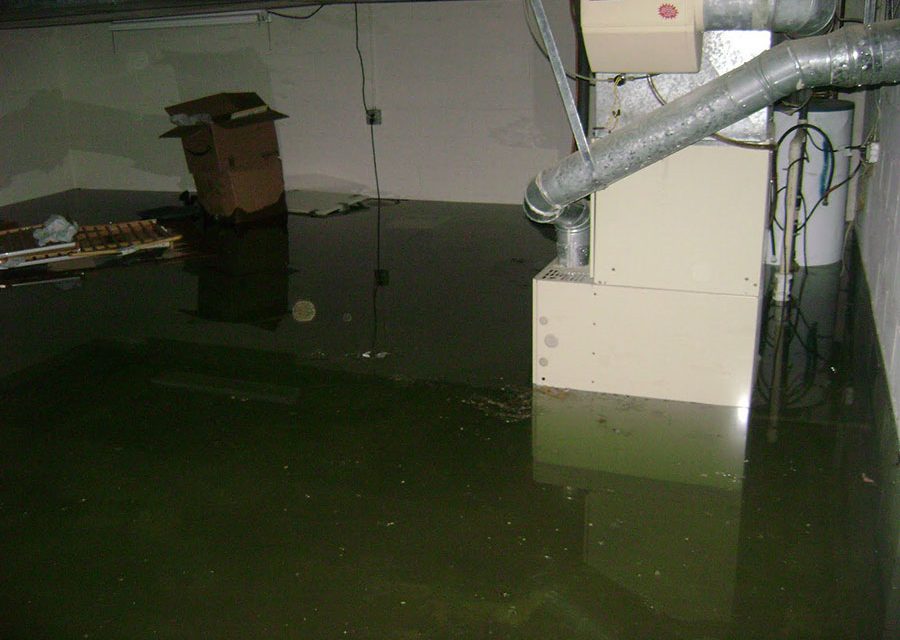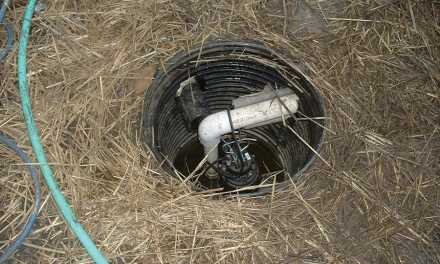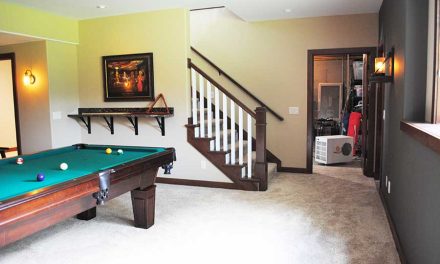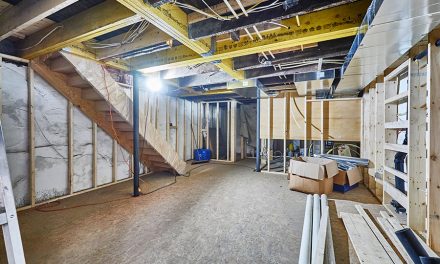By Ron Greenbaum
From time to time, people ask me, “what size sump pump do I need?” Short of pulling out a crystal ball, how can one give an exact answer? Too many variables exist.
What if the primary pump fails? What if there is a power outage? What if there is so much water that the primary pump can’t keep up?
With so many unknowns, I recommend making the a choice based on how much protection the homeowner wants.
The Unpredictable
Is it practical or even possible to see and measure how much water will be flowing into the drain system? Is this a “peak flow” or an average? Is there really such a thing as average?
How much rain will fall on any given day? How about during a really bad storm?
I believe that no one has yet devised a method or device that gives a true scientific reading of how much water a sump pump will have to move. And without knowing the actual load the pump will be under, making the right recommendation can become tricky.
Amateur Recommendations
It seems everyone is an expert …until it comes time to sign binding contracts and issue meaningful warranties. The homeowner will be looking for guidance, and may be asking their friend, hardware store guy, etc., for advice. While these people might be well meaning, are they qualified to give reliable advice? As a rule of thumb, they aren’t experts.
Waterproofing professionals, on the other hand, are experts. This is what they do for a living. They should be able to recommend the right solution, the full solution, for every situation. They should know what the different horsepower options truly mean. They should know what gphof means(gallons per hour of flow). They should know the various sizes available, know what ‘head’ is, how to calculate it, and how it applies to that particular customer.

Even more, they need to know what has worked in that area before, and what unique challenges a particular basement offers.
I have customers that have four sump pump systems running all the time. If one sump pump fails and is not immediately replaced, the basement will start to flood. If I do work in that neighborhood, I need to know what to recommend to those customers.
If a customer has water in their basement after a waterproofing professional has fixed it, their first call will be to that contractor, regardless of why the water has appeared.
I think we all surely know it’s much easier to just install what is needed in the first place rather than try to explain to an unhappy customer that you didn’t do enough to begin with.
It may be useful to offer third-party examples to explain why the recommended solution is the best. Tight budgets are frequently an issue, and many waterproofing contractors need to motivate customers to do what they don’t want to do, because it is in their best long-term interest.
Nothing gets the point across better than a story of someone who has had similar pain.
Safety Factor
Safety is a relative term; the word means different things to different people. Some folks may be comfortable with a small leak during a storm, while another homeowner has a zero tolerance for any water, especially after they have invested thousands of dollars with your company.
Remember, the contractor is the expert and will be held liable for any dissatisfaction or unhappiness. When the contents of a basement are ruined by water damage—let’s say family pictures —the customer will likely forget they chose the least costly option presented, and also forget they had been advised of the risks.
My recommendation is to put everything in writing. Years down the road, conversations are forgotten and mis-remembered. It does everyone a favor when the serviceman writes everything down on the work order. If you think the homeowner is making unwise decisions, ask them to initial the paperwork indicating they are choosing an option the technician doesn’t agree with.
An even better choice is to only present to the customer sump options which you know—based on industry and local area experience—will keep the basement dry. Recommending only options that provide a solid, proven minimum level of protection, sets the waterproofing company up for success. This strategy should be clearly communicated to estimators and foremen. Otherwise, as the saying goes, “if you lie down in mud you are going to come up dirty.”
Based on 30 years in the basement repair business, my advice is only offer solutions which are proven and defensible. Don’t offer “solutions” which leave a window of liability open. Design and recommend only what the company feels comfortable standing behind.
Pump Size
If the only concern in determining the sump pump size is the volume of water that needs to be moved, then yes, bigger is better. More pumping capacity generally equals more ability to move water.
However, as with most things in life, there are more possible issues to consider:
What happens if the electricity goes out? Will the homeowner lose all pumping ability? Based on what my companies see, sadly the answer is usually yes.

Many homeowners are under a false sense of security. They are only one prolonged power outage away from having standing water in their basement. Our aging power grid, combined with the strain caused by population growth, makes some areas of the country very vulnerable for outages.
I always recommend the homeowner install a dependable battery backup sump pump system. I use the term “system” deliberately because the backup sump pump doesn’t do its job alone. It depends on a special battery and even more importantly, and modern charging and maintaining system.
Without all components of the backup system working properly, it won’t live up to expectations.
What about the drainage channels? Are they new? If they are old, what assurance does the homeowner have that they are pitched properly, free of obstructions and flow well? The sump is the heart of the system, but if the veins and arteries are clogged, the heart (pump) can’t do its job.
Pumping capacity is directly related to “head” height. A sump pump doesn’t typically care how far it has to pump something (laterally) but it does care how high it has to pump it.
Field technicians should always know how far the discharge water travels before reaching its final destination. They should know every 90-degree turn in the discharge pipe. Most importantly, they should be aware of how high (vertically) the discharge water must travel upwards to get out of the basement. The higher the head, the fewer gallons per hour the pump will deliver. Beware of the facts and figures on the box as most of the ratings and outputs on the box are calculated at a head height of zero! At that point, the pump is just swirling water around in the sump pit. Factors like these must be taken into consideration in selecting the right sump pump.
Conclusion
In short, there isn’t a master chart I can create with a quick solution. I recommend looking at all issues in the basement, and designing a master plan accordingly. Sump pump horsepower will generally relate to keeping the basement dry, but it is far from the only component of a dry and healthy basement. If the customer wants their basement dry all the time, they will need AC and DC back-up to account for all possibilities of failure.
Ron Greenbaum is “The Basement Doctor.” He has spent the last 24 years building a reputation of expertise and quality in Waterproofing. Originally based in central Ohio, he now serves Maryland, Virginia and Washington D.C.
Summer 2014 Back Issue
$4.95
Innovative Waterproofing: The Houston Country Club
Ensuring Sump Pumps Perform: By Ron Greenbaum
Advances in Green Roofing: The Javits Center
Green Roof Directory
AVAILABLE AS DIGITAL DOWNLOAD ONLY
Description
Description
Innovative Waterproofing: The Houston Country Club
By Phil Funkhouser
This historic facility, visited by presidents and celebrities, faced a major waterproofing challenge when it required a new parking garage to be built below a world-class golf course.
Ensuring Sump Pumps Perform: By Ron Greenbaum
Contractors and homeowners both rely on sump pumps to perform as designed. New technology provides new reliability in the form of back-up systems, text alerts, and other solutions
Advances in Green Roofing: The Javits Center
As the vegetated roofing industry matures, the scale and complexity of projects being completed is astonishing. One New York City landmark remodeled last year now includes a green roof that covers 6 ½ acres.
Green Roof Directory
Published in conjunction with GreenRoofs.com, this is a comprehensive categorized list of the products and service offered to the vegetated roof industry.
Additional Info
Additional information
| Magazine Format | Digital Download Magazine, Print Mailed Magazine |
|---|




















